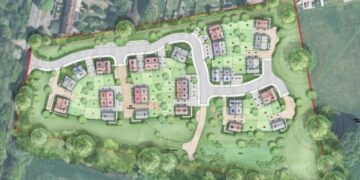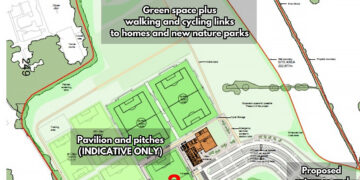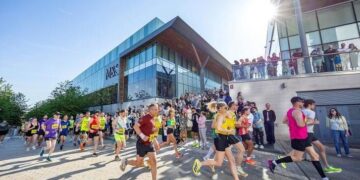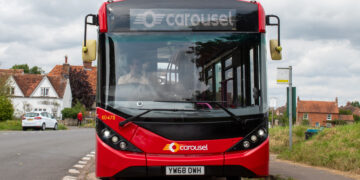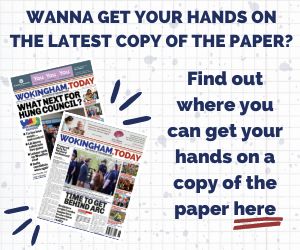Anyone who travels around Wokingham knows the daily challenges. Our roads are under pressure, and with more homes being built, that pressure is only going to grow. If we want to keep people and businesses moving, we need to think differently about how we travel locally.
For decades, most short trips in Wokingham have been made by car. The result is familiar: congested roads that struggle to cope on a normal day, let alone with roadworks or a crash. Yet our local transport network already has the capacity we need — if we use it more efficiently.
A single bus can move four or more times as many people as cars using the same stretch of road. Cycling is even more space-efficient, and our pavements are nowhere near full. We see the difference every school holiday — remove a small number of car trips and suddenly the roads move freely again. New housing needs to be accessible but, beyond that, road improvements mostly just deliver more cars to the same congested roundabouts, traffic lights and car parks.
Investing in alternatives to driving isn’t anti-motorist — it’s the best way to keep Wokingham moving. Broadening our options will help those who still need to drive by freeing up road space, while giving everyone more affordable, healthy and sustainable ways to get around.
The benefits are wide-ranging. Cleaner air, less noise, and fewer emissions will make Wokingham a healthier place to live. Walking or cycling improves both physical and mental wellbeing, and neighbourhoods feel safer and friendlier when more people are on foot or bike instead of behind a windscreen.
To make this shift happen, public transport, walking and cycling all need to be affordable, efficient and safe. We are investing over £2 million a year from grant, developer and council funding to make local bus services cheaper and more frequent; while walking and cycling remain the most flexible and low-cost ways to travel for many short trips.
Safety is the key challenge. Surveys show that people want to walk or cycle but are put off by traffic volumes and speed. We have several improvement schemes on the way, but addressing this on a wide scale means setting speed limits in town and village centres, residential streets and rural lanes at levels where everyone feels safe. Evidence shows that slower speeds reduce risk — and more people choose to leave the car at home for short journeys.
It’s a shame to see some describe this as a “war on motorists.” It isn’t. It’s a plan to keep our roads open and our communities thriving. Building our way out of congestion with more roads has never worked. A balanced, smarter approach will.
Every trip shifted from car to bus, bike or foot is an investment in a cleaner, calmer, and more connected Wokingham. A better future for local travel is within reach, if we choose to make it happen.
Cllr Adrian Betteridge
Executive Member for Active Travel, Transport and Highways







